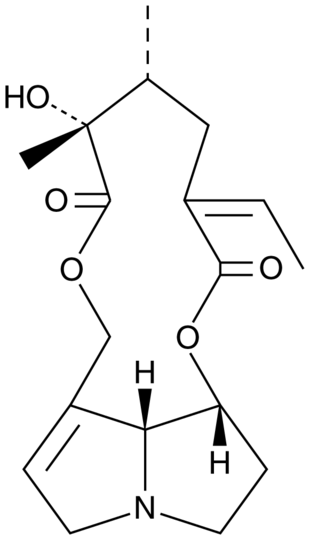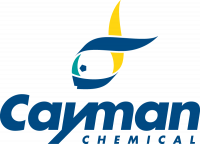Cookie preferences
This website uses cookies, which are necessary for the technical operation of the website and are always set. Other cookies, which increase the comfort when using this website, are used for direct advertising or to facilitate interaction with other websites and social networks, are only set with your consent.
Configuration
Technically required
These cookies are necessary for the basic functions of the shop.
"Allow all cookies" cookie
"Decline all cookies" cookie
CSRF token
Cookie preferences
Currency change
Customer-specific caching
FACT-Finder tracking
Individual prices
Selected shop
Session
Comfort functions
These cookies are used to make the shopping experience even more appealing, for example for the recognition of the visitor.
Note
Show the facebook fanpage in the right blod sidebar
Statistics & Tracking
Affiliate program
Conversion and usertracking via Google Tag Manager
Track device being used

If you have any questions, please use our Contact Form.
You can also order by e-mail: info@biomol.com
Larger quantity required? Request bulk
You can also order by e-mail: info@biomol.com
Larger quantity required? Request bulk
Senecionine is a pyrrolizidine alkaloid that has been found in S. vulgaris and has hepatotoxic... more
Product information "Senecionine"
Senecionine is a pyrrolizidine alkaloid that has been found in S. vulgaris and has hepatotoxic properties. It is metabolized by the cytochrome P450 (CYP) isoform CYP3A in the liver to the detoxification product senecionine N-oxide and reactive metabolites including dehydropyrrolizidine alkaloids and dehydrotetronecine. Senecionine (20 µM) induces mitochondrial depolarization and fragmentation in primary cultured mouse hepatocytes and increases apoptosis in a concentration-dependent manner. In rats, senecionine (35 mg/kg, p.o.) induces liver injury, increases serum levels of bilirubin (Cay-17161) and various bile acids, including taurocholic acid, glycocholic acid, and deoxycholic acid, and increases the activity of alanine aminotransferase and aspartate aminotransferase in serum. Senecionine-induced hepatotoxicity is associated with lipid peroxidation and glutathione depletion.Formal Name: (3Z,5R,6R,14aR,14bR)-3-ethylidene-3,4,5,6,9,11,13,14,14a,14b-decahydro-6-hydroxy-5,6-dimethyl-[1,6]dioxacyclododecino[2,3,4-gh]pyrrolizine-2,7-dione. CAS Number: 130-01-8. Synonyms: NSC 89935, (-)-Senecionine. Molecular Formula: C18H25NO5. Formula Weight: 335.4. Purity: >98%. Formulation: (Request formulation change), A crystalline solid. Solubility: DMF: 5 mg/ml, DMSO: 2 mg/ml, Ethanol: 1 mg/ml, PBS (pH 7.2): 0.1 mg/ml. SMILES: O=C(/C(C[C@@H](C)[C@@]1(C)O)=C\C)O[C@]2([H])CCN3[C@]2([H])C(COC1=O)=CC3. InChi Code: InChI=1S/C18H25NO5/c1-4-12-9-11(2)18(3,22)17(21)23-10-13-5-7-19-8-6-14(15(13)19)24-16(12)20/h4-5,11,14-15,22H,6-10H2,1-3H3/b12-4-/t11-,14-,15-,18-/m1/s1. InChi Key: HKODIGSRFALUTA-JTLQZVBZSA-N. Origin: Plant/Senecio scandens Buch.-Ham..
| Keywords: | (-)-Senecionine, NSC 89935, (3Z,5R,6R,14aR,14bR)-3-ethylidene-3,4,5,6,9,11,13,14,14a,14b-decahydro-6-hydroxy-5,6-dimethyl-[1,6]dioxacyclododecino[2,3,4-gh]pyrrolizine-2,7-dione |
| Supplier: | Cayman Chemical |
| Supplier-Nr: | 25145 |
Properties
| Application: | Bioactive pyrrolizidine alkaloid, hepatotoxin |
| MW: | 335.4 D |
| Formula: | C18H25NO5 |
| Purity: | >98% |
| Format: | Crystalline Solid |
Database Information
| CAS : | 130-01-8| Matching products |
Handling & Safety
| Storage: | -20°C |
| Shipping: | +20°C (International: -20°C) |
| Signal Word: | Danger |
| GHS Hazard Pictograms: |
|
| H Phrases: | H301 |
| P Phrases: | P264, P270, P321, P330, P301+P310, P405, P501 |
Caution
Our products are for laboratory research use only: Not for administration to humans!
Our products are for laboratory research use only: Not for administration to humans!
Information about the product reference will follow.
more
You will get a certificate here
Viewed

